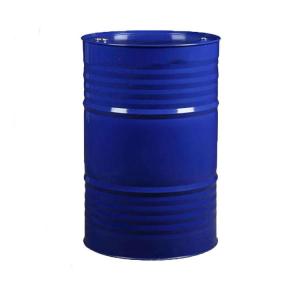Propylene Oxide For Industrial Grade
Molecular formula: C3H6O
Relative molecular weight: 58.08
Product performance: colorless liquid at room temperature. Flammable, non corrosive and highly soluble. Specific gravity: 0.830 (20/20 ℃), steam density: 2.0, flash point: -37.2 ℃, melting point: -104 ℃, boiling point: 33.9 ℃, ignition point: 465 ℃, explosion range: 2.1~37%, evaporation heat: 493.983kj/kg ℃ (35 ℃), solubility in water: 65g/L
Main uses: raw materials of polyether, propylene alcohol, dipropylene glycol and propylene glycol, non-ionic surfactant, oilfield demulsifier, pesticide emulsifier, polypropylene glycol, isopropanolamine, diisopropanolamine, triisopropanolamine and methoxypropanol.
Product packaging: propylene oxide is sealed and packaged in galvanized iron bucket or tank car.
Precautions for transportation and storage: This product is inflammable and dangerous goods. In the process of transportation, the relevant regulations of the transportation department shall be implemented. Store in a cool and ventilated place, away from kindling heat source and direct sunlight. Refrigerate if possible. Store separately from oxidants and acids. Load and unload gently during handling to prevent package damage.
Product quality standard: (GB/T14491-2015)
Item | Index |
Superior products | Qualified products |
Propylene oxide,w/% ≥ | 99.95 | 99.8 |
Chroma/Hanzen (Pt-Co)≤ | 5 | 10 |
Acetic acid,w/% ≤ | 0.003 | 0.006 |
Moisture,w/% ≤ | 0.02 | 0.05 |
Acetaldehyde+propionaldehyde,w/% ≤ | 0.005 | 0.02 |
Propylene oxide is a good low boiling solvent and organic synthetic material. It can be used to prepare propylene glycol, glycerol, propylene glycol, polyester resin, foam plastics and surfactants. It can also be used as solvent for cellulose acetate, cellulose nitrate and resin. Propylene oxide reacts with ammonia to produce isopropanolamine (mono isopropanolamine, di isopropanolamine and tri isopropanolamine). Isopropanolamine is alkaline and can absorb acid gas. It is widely used in gas purification, such as desulfurization and CO2 removal in synthetic ammonia industry.












